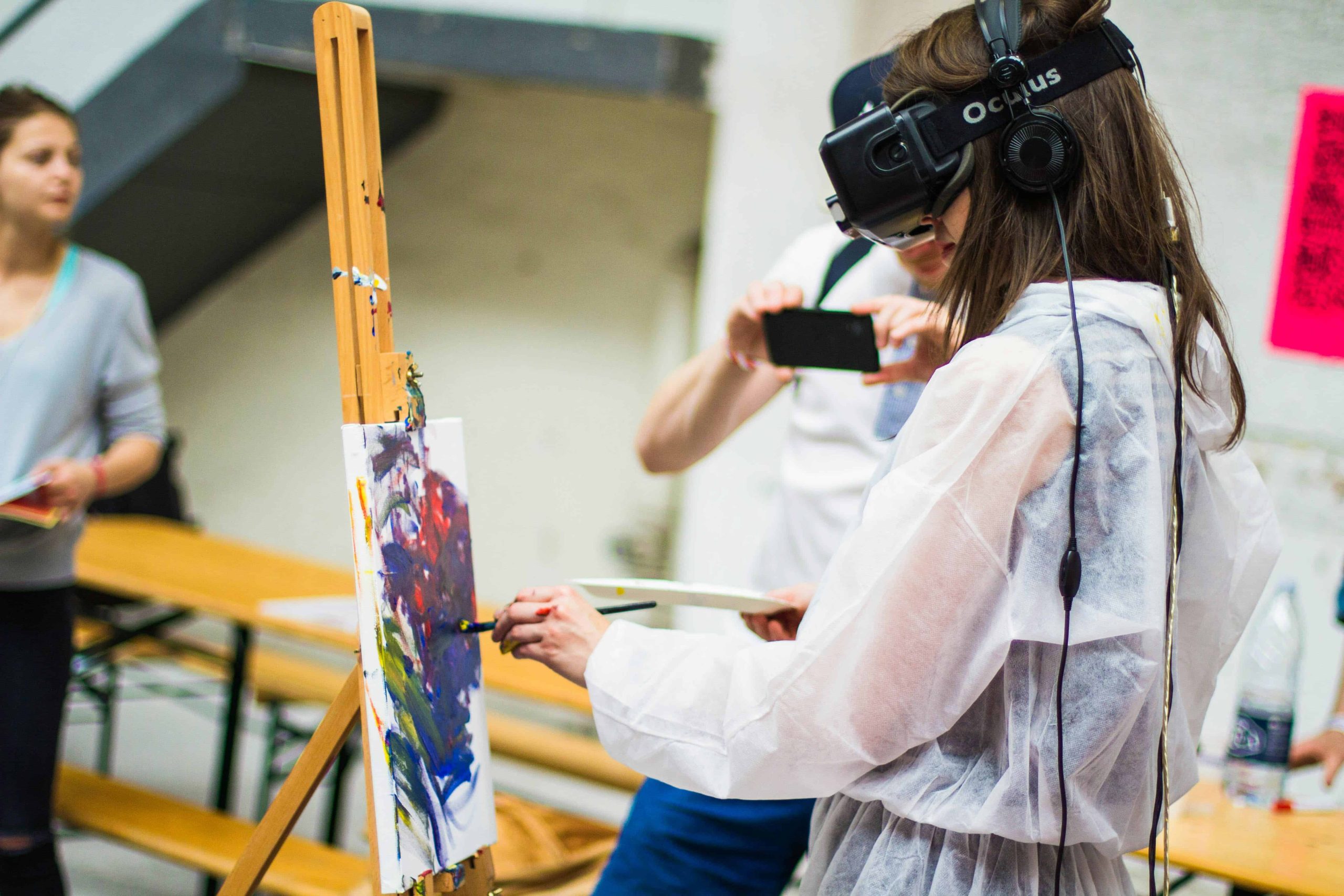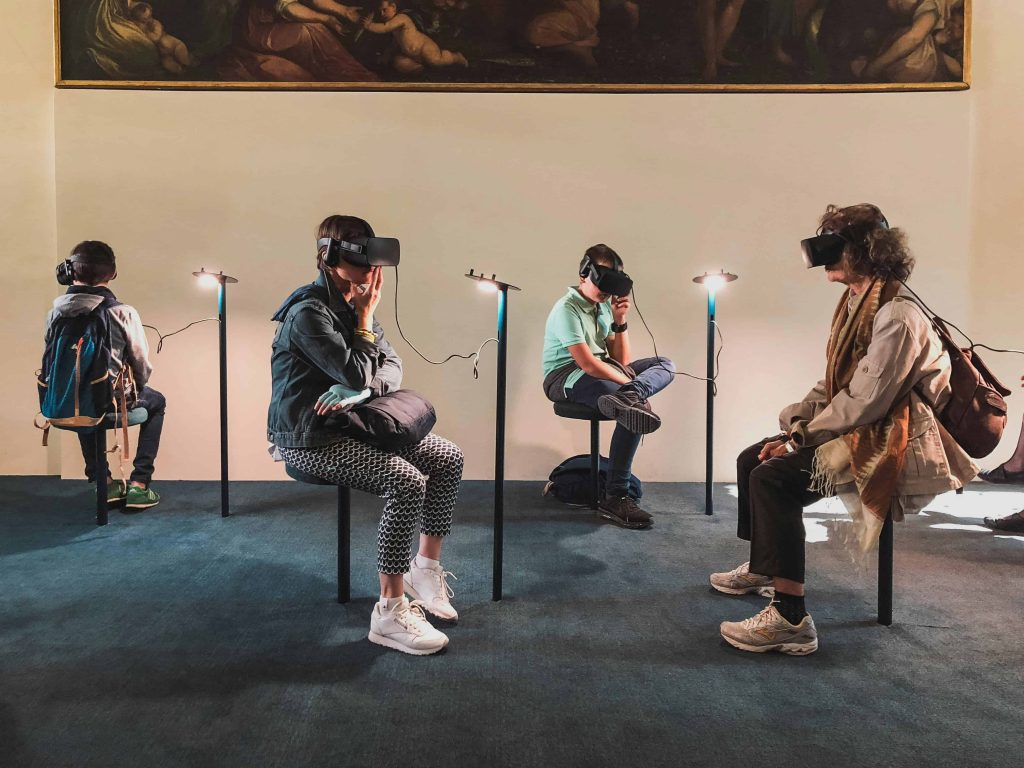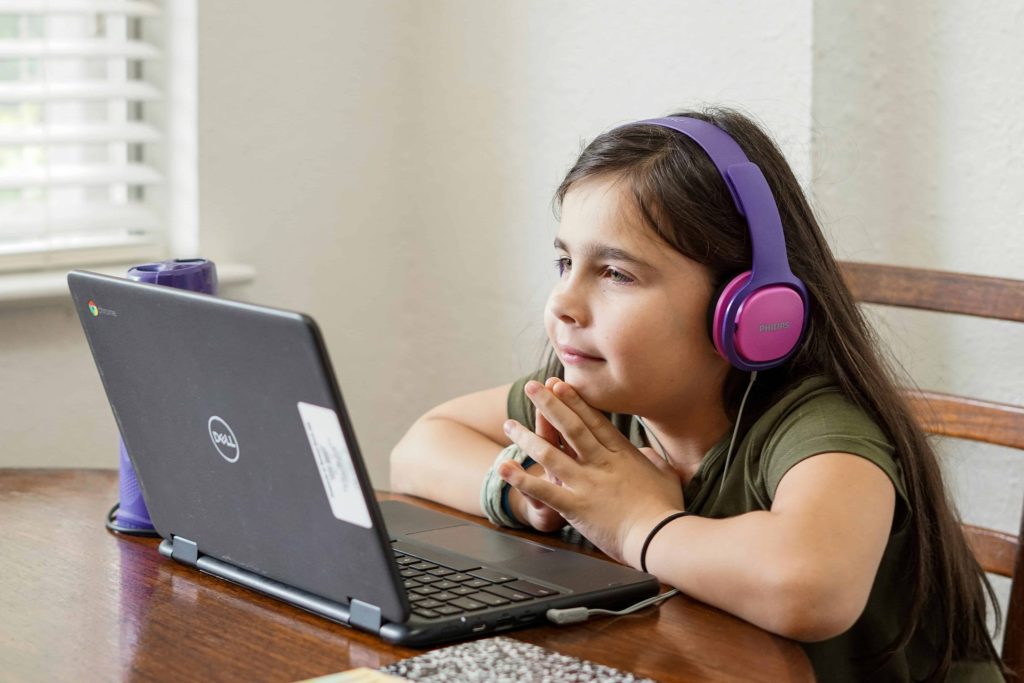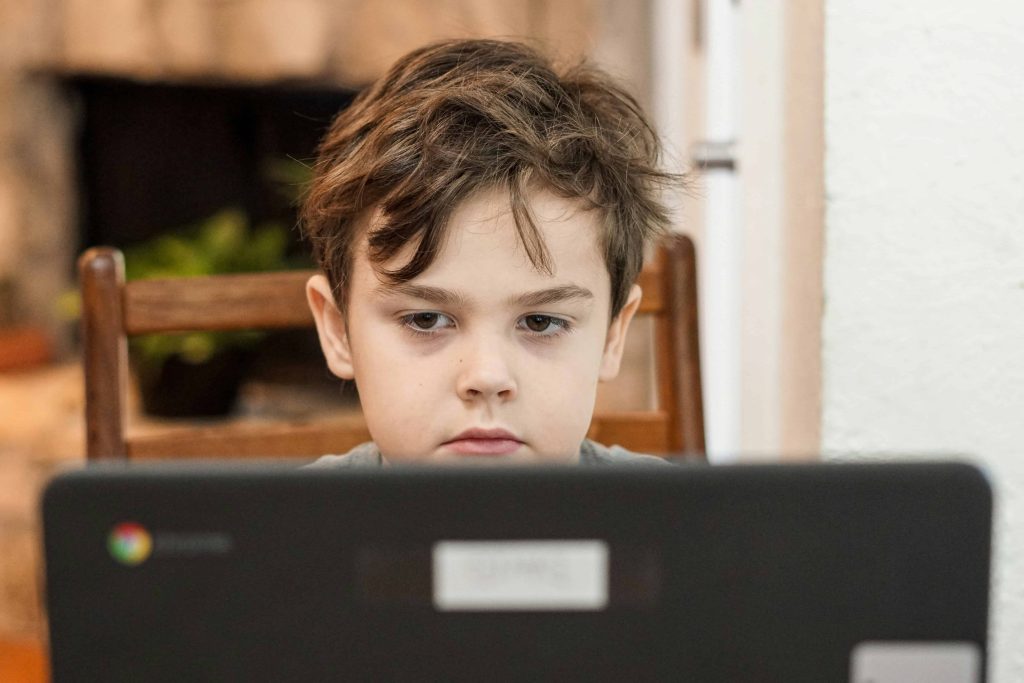
03 Jul Educational Aspects of Virtual Art Tours
Art Unbound: The Power of Virtual Tours in Education
Art museums and field trips have traditionally played pivotal roles in education, offering students immersive experiences in cultural and historical contexts. However, the integration of technology has heralded a new era in education, introducing virtual art tours as transformative tools. These tours not only supplement traditional methods but also redefine how students interact with art. By leveraging advanced digital platforms, virtual tours transcend physical boundaries, allowing for unparalleled access to diverse collections worldwide. This technological evolution represents a significant shift in educational paradigms, empowering students to explore art in dynamic and immersive ways.

Advantages of Virtual Art Tours
Accessibility
Virtual art tours break down geographical barriers, allowing students to explore museums worldwide from the comfort of their classrooms or homes. Financial constraints no longer hinder access to renowned collections, democratizing art education.
Engagement
Unlike static images, virtual tours offer interactive features such as zoom capabilities and 360-degree views, immersing students in the artwork. These dynamic elements captivate attention and foster deeper engagement, making learning more enjoyable and effective.
Curriculum Integration
Virtual art tours can be tailored to align with specific curriculum objectives, whether exploring a particular art history period or studying diverse artistic styles. Furthermore, educators can facilitate comparative analysis across different museum collections, enriching students’ understanding of cultural contexts.

Utilizing Virtual Art Tours in Education
Educational Resources
Many virtual tours come with pre-made educational content, including guided tours and downloadable materials for teachers. These resources offer valuable insights and background information, enhancing the educational experience.
Activities and Discussions
Teachers can employ a variety of activities during virtual art tours, such as analysis prompts and group discussions. By encouraging critical thinking and observation skills, these activities promote active learning and foster a deeper appreciation for art.

Conclusion
In conclusion, virtual art tours offer numerous educational benefits, including enhanced accessibility, engagement, and curriculum integration. While traditional art education remains invaluable, virtual tours serve as valuable supplements, enriching students’ learning experiences and expanding their horizons in the world of art. Embracing technology in education opens new avenues for exploration and creativity, ensuring that art remains an accessible and enriching endeavor for all.
Key Takeaways
- Educational Transformation: Virtual art tours represent a significant shift in education, leveraging technology to redefine how students interact with art and cultural history.
- Advantages:
- Accessibility: Breaks down geographical and financial barriers, democratizing art education.
- Engagement: Offers interactive features that captivate attention and foster deeper learning experiences.
- Curriculum Integration: Tailorable to align with specific curriculum objectives, enriching understanding of cultural contexts.
- Utilization in Education:
- Educational Resources: Offers pre-made content and materials for teachers, enhancing the educational experience.
- Activities and Discussions: Promotes critical thinking and observation skills through analysis prompts and group discussions.
- Conclusion: Virtual art tours complement traditional art education by providing enhanced accessibility, engagement, and curriculum integration. Embracing technology in education opens new avenues for exploration and creativity, ensuring art remains accessible for all.
FAQs
How do virtual art tours improve accessibility for students?
Virtual art tours remove geographical barriers, enabling students to explore museums worldwide from their classrooms or homes. This accessibility eliminates financial constraints and ensures access to renowned collections regardless of location or socioeconomic status.
What interactive features do virtual art tours offer to engage students?
Virtual tours provide dynamic elements like zoom capabilities and 360-degree views, creating immersive experiences that capture students’ attention. These features go beyond static images, fostering deeper engagement with the artwork and enhancing learning effectiveness.
How can educators effectively integrate virtual art tours into the curriculum?
Educators can tailor virtual art tours to align with specific curriculum objectives, exploring art history periods or diverse artistic styles. They can utilize pre-made educational content like guided tours and downloadable materials to enrich students’ understanding. Additionally, activities such as analysis prompts and group discussions promote critical thinking skills and active learning.
Explore the intersection of creativity and critique as we dissect the latest works from emerging and established artists.

